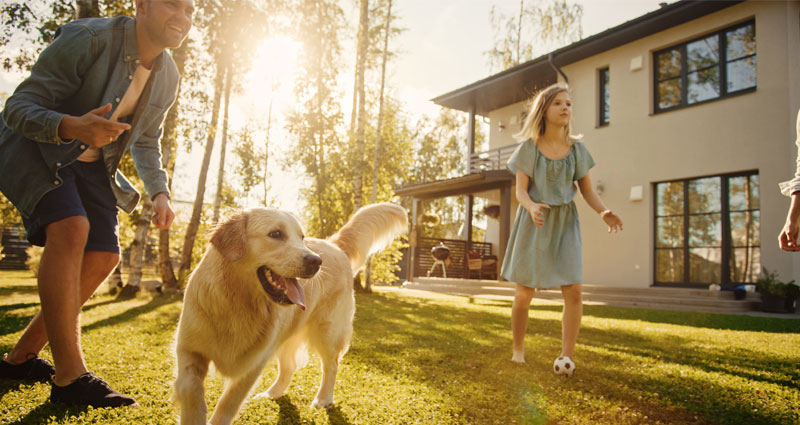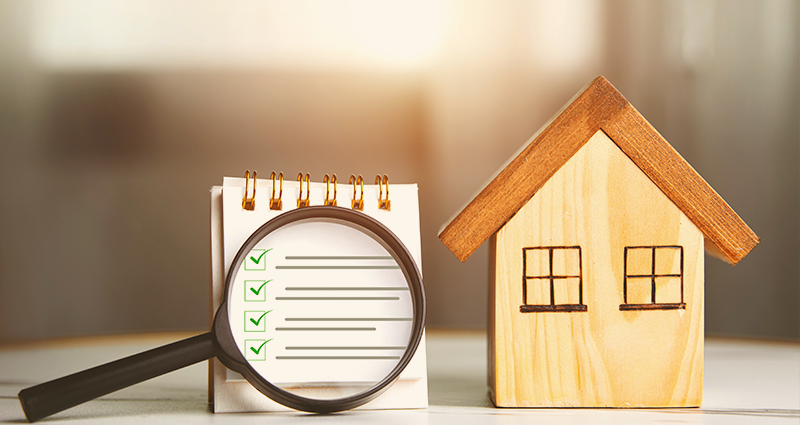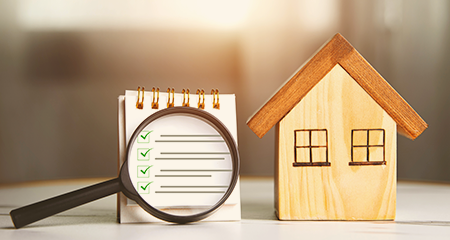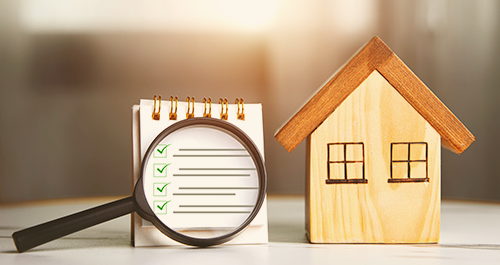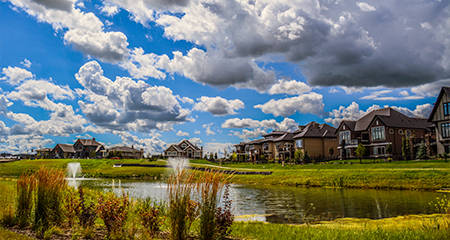1. Be prepared.
Accidents happen, and not everything is in your control. The best thing you can do is to be prepared for them. Here are some ways you can prepare for emergencies at home:
- Have an emergency escape route in case of fire or other disasters. Make sure everyone in the home understands the escape plan.
- Your home should have a fire extinguisher, carbon monoxide detectors, smoke alarms and a first aid kit.
- Have a 72-hour emergency kit. This will be critical if you suddenly have to wait out a long power outage or must evacuate your home.
Learn more about emergency preparedness.
2. Check your smoke and carbon monoxide detectors.
Ensure you have both carbon monoxide and smoke detectors installed in your home, at a minimum, on every floor. Set yourself a reminder every three to four months to check them and replace the batteries.
3. Don't leave flames unattended.
Never leave an open flame unattended! That means turning off your gas stove top and blowing out candles when you leave the room. Fire can spread quickly, so it is better to be safe than sorry.
4. Teach your kids about home safety.
Share these tips with your kids! They should understand the general dangers inside and outside the home and know what is off-limits. For example, they should know to not play with sharp tools in the garage, the stove, lighters or matches.
Your kids should also be aware of your home emergency plan, like what to do if there is a flood or fire. Run a few practice drills so everyone understands what to do to stay safe in an emergency.
Emergency safety tip for kids: Since many homes no longer have landlines, it might be difficult for your kids to call for help if something happens and you’re unable to help. Make sure they know your smartphone’s passcode, who to call in an emergency and when they should call 911.
5. Cover electrical outlets.
This is a good home safety tip for parents of young children, but it can apply to everyone. Consider plugging it with a safety plug if you’re not using an outlet. That way, curious or visiting children won’t stick their fingers or anything else in them!
6. Never leave kids alone by the pool.
If you have a pool or hot tub, never leave your kids unattended – not even for a minute. In addition, you should have strict rules about pool and hot tub use and ensure your children understand them. And your pool and hot tub should have safety fences around them for your kids and others. You never know what little one might wander into your yard and think it is a good idea to take an unsupervised swim.
7. Be safe when handling food.
Safely handling food is critical to keeping yourself and your family safe and healthy. And food poisoning is no joke! To reduce the risk of food poisoning, make sure your raw meat is properly sealed and stored away from other food in the fridge. Thoroughly wash your hands before cooking and after touching raw meat, eggs and unwashed produce.
8. Keep things clean.
Keeping your house clean and tidy is key to maintaining home safety. Here are a few things you can do:
- Make sure hallways, stairs and pathways are clear of things you can trip on. That includes toys, clothing and other household items.
- Store harmful cleaners, chemicals, medication and tools in a safe place where your kids can’t reach them.
- Clean up the kitchen and dishes right away to stop bacteria from growing!
Housekeeping safety tip: Regularly vacuuming your carpet flooring can reduce the build-up of dust, dander and other allergens. Plus, it will extend the lifespan of your carpets!
9. Regularly inspect your home.
You should give your home’s interior and exterior a look-around every season. Catching and repairing minor issues can prevent significant repairs, maintain the value of your home and improve home safety. A few things to look for might include:
- Check the stairs and railings to ensure they are secure.
- Make sure that doors and windows open and close properly and that locks work.
- Ensure the plumbing is working properly, with no signs of leaks.
- Check that older appliances are working correctly and are not fire hazards.
Home inspection tip: Giving your home’s interior and exterior a thorough inspection after a long winter is key to safe home maintenance. Read our spring home maintenance checklist to get started!
10. Keep a log.
Maintaining a home is a big job, and there are always things to do. Keep track of your home maintenance by keeping a running list of things that need addressing. You can prioritize tasks that need doing right away, assign them to a family member or hire a contractor. That way, you can ensure your home is in its best shape and safe for you and your family.


